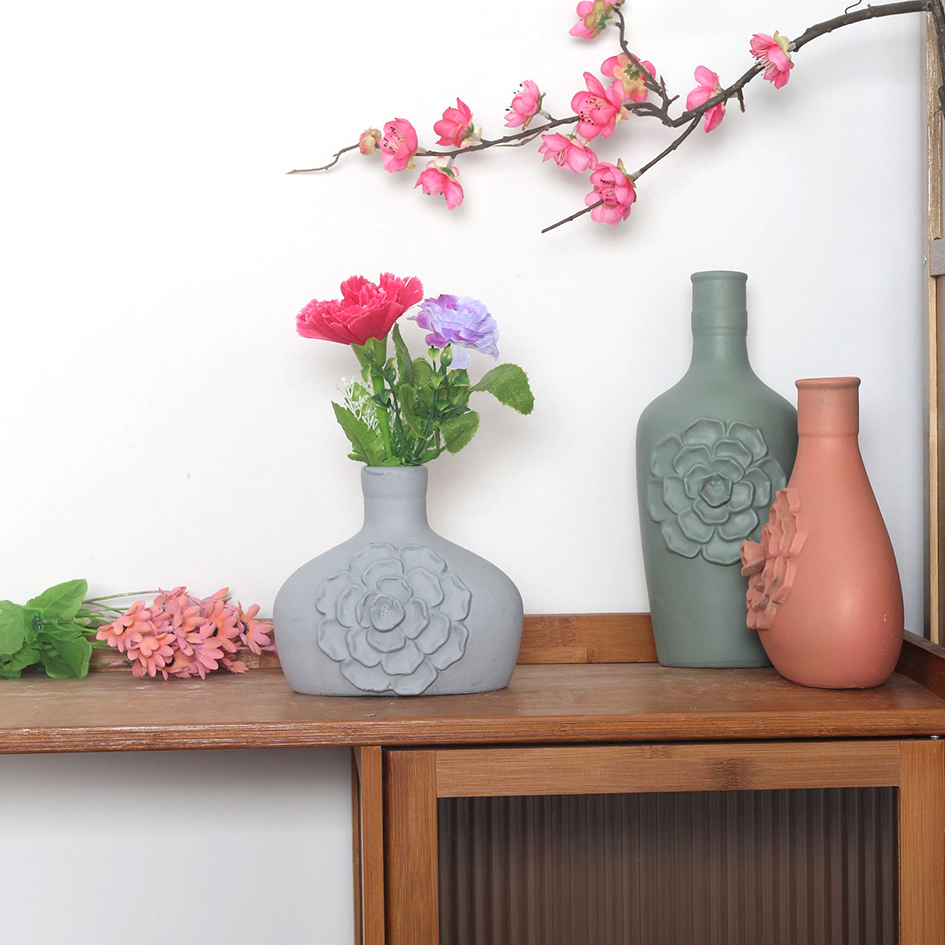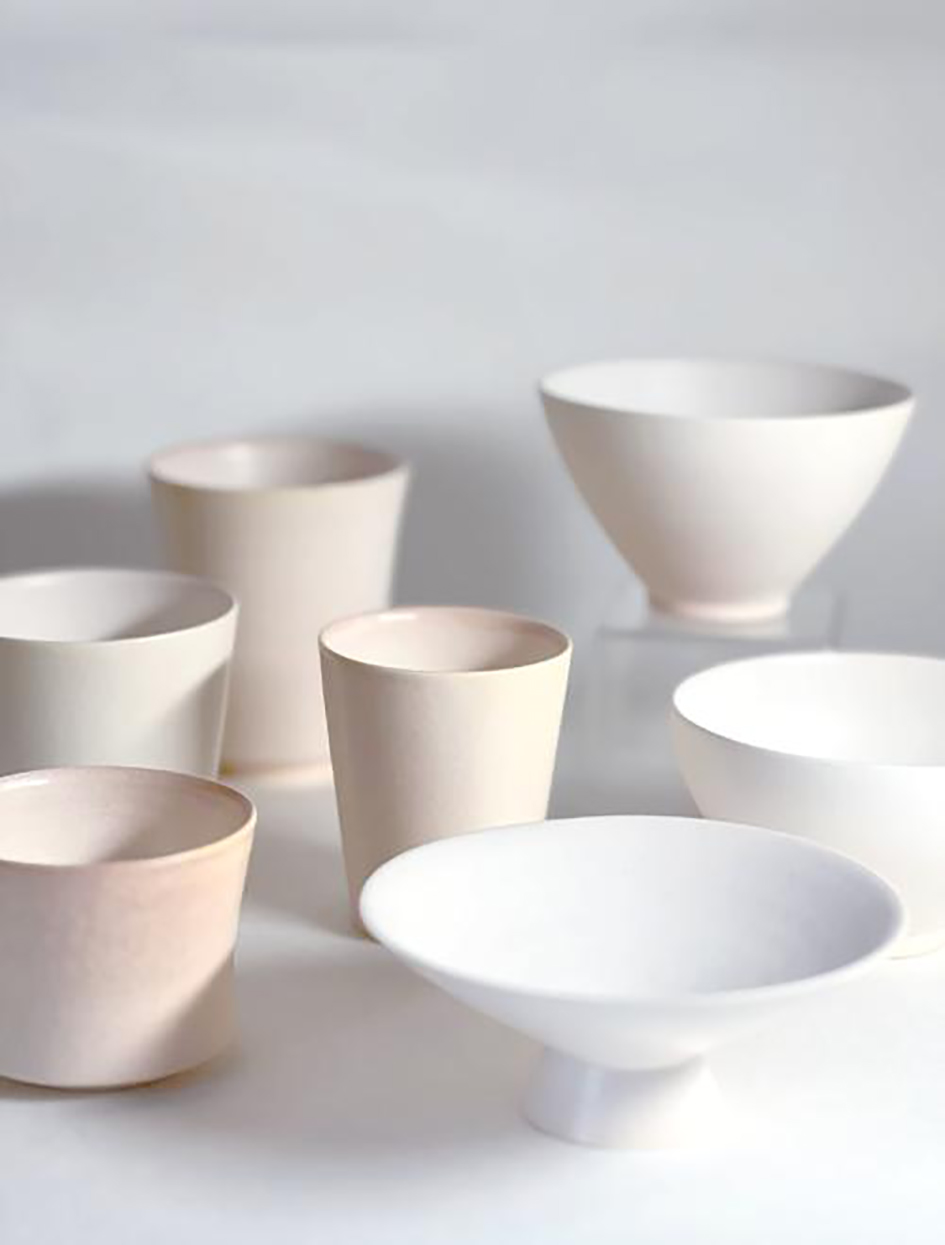The rapid pace of modern life is like a spinning potter’s wheel, pulling people into a vortex where efficiency reigns supreme. When anxiety and exhaustion become the norm, the ancient art of ceramics offers a unique form of healing—a sanctuary for the urban soul. In shaping clay, we are creating objects and reshaping ourselves.
1. Meditation at Your Fingertips: The Therapeutic Mechanism of Ceramics
The contact between the palms and the clay during wheel-throwing resembles an unspoken dialogue. Neuroscientific studies show that tactile stimulation activates the brain’s prefrontal cortex, effectively suppressing the overactivity of the amygdala. As fingertips sense the clay’s warmth and moisture, breathing slows naturally in sync with the wheel’s rotation. At this moment, the brain releases dopamine and serotonin, inducing a state of relaxation similar to meditation.
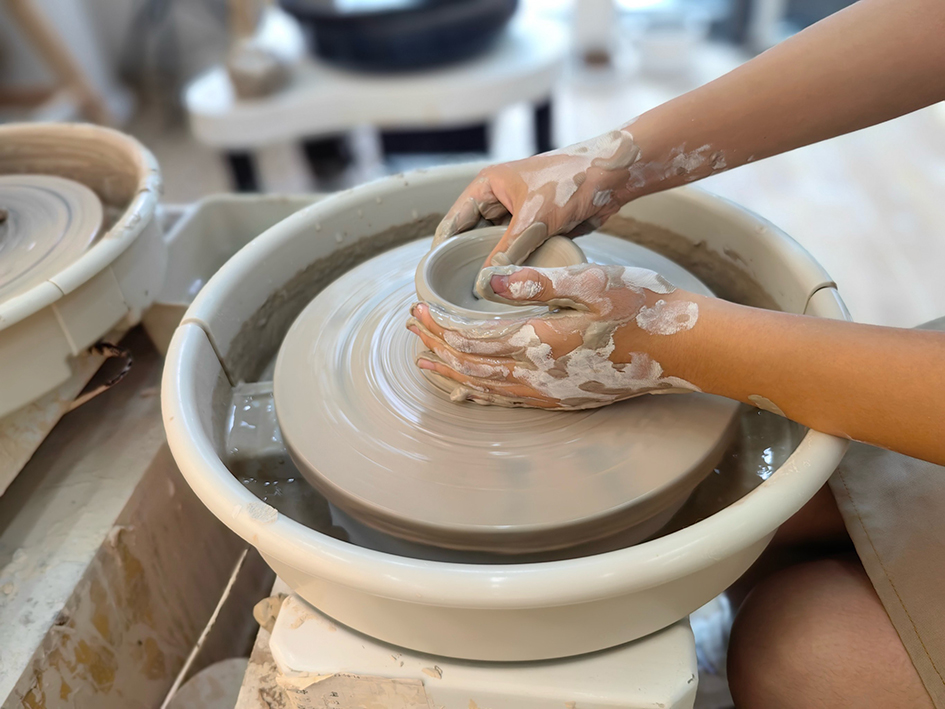
A study by the Faculty of Psychology at Beijing Normal University found that just 30 minutes of ceramic creation can reduce cortisol levels by 23%. This stress-relief effect stems from the deep focus required during the creative process. As ceramicists devote their full attention to the transformation of clay, they experience a tangible manifestation of “flow.”
2. The Beauty of Imperfection: Philosophical Insights from Ceramics
The birth of every ceramic piece is filled with uncertainty. The unpredictable transformation of glazes in the kiln, the slight asymmetry of forms—these “flaws” often become the defining elements of its aesthetic value. Japanese wabi-sabi philosophy embraces imperfection, and ceramic art is a perfect medium for practicing this mindset.

In a psychological counseling center in Shenzhen, ceramics has been incorporated into group therapy sessions. Participants mend broken ceramic pieces, learning that “flaws are unique features.” This experience helps them accept life’s imperfections and cultivate psychological resilience.
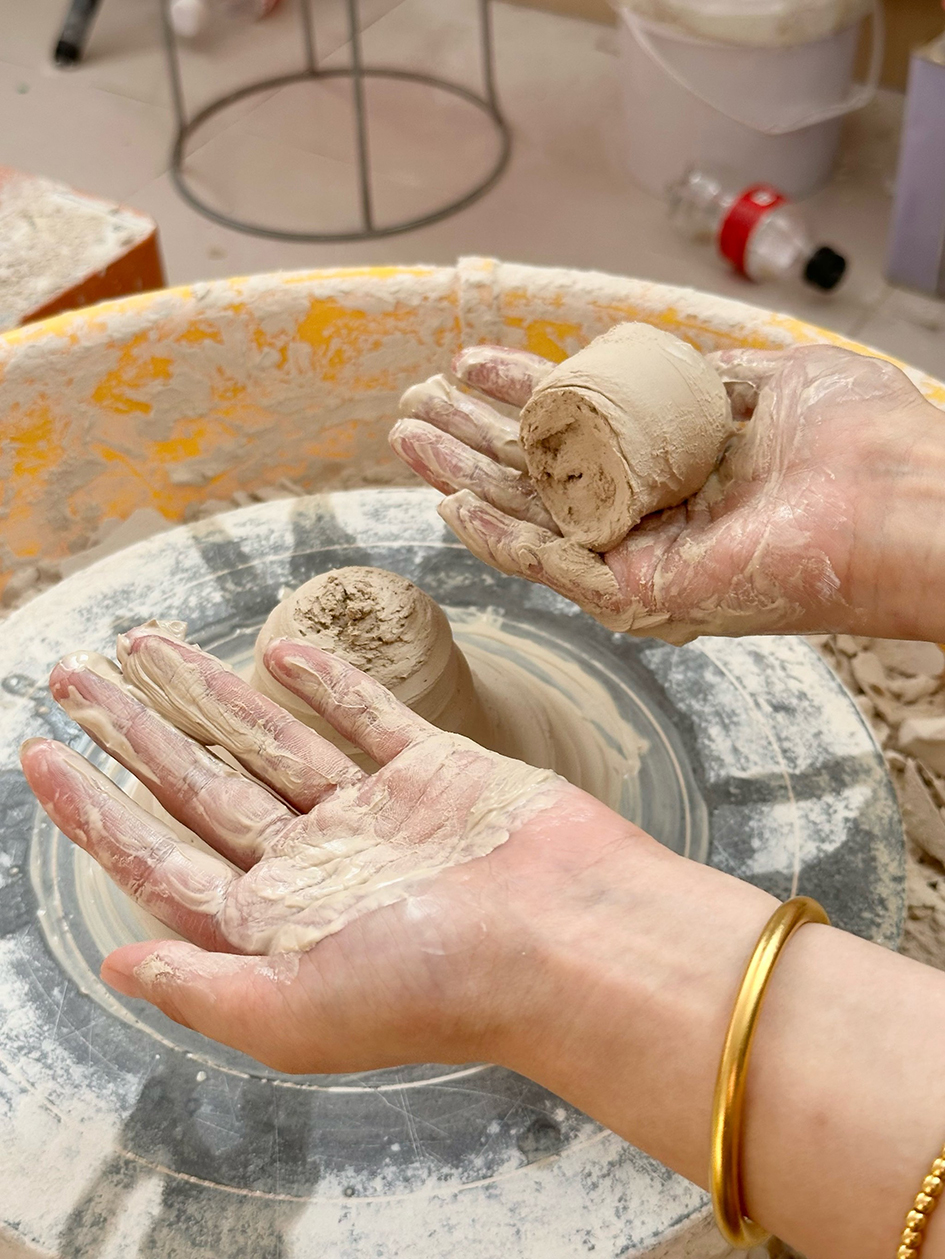
3. A Practical Guide to Modern Ceramics
Utilizing Fragmented Time: use a miniature ceramics kit and spend half an hour on creation after commuting, transforming idle moments into a time for mental restoration.
Community Support Model: Join a ceramics workshop to foster a support network through group creativity, alleviating urban loneliness.
Digital Detox Experiment: Turn off electronic devices during the creation to rebuild sensory balance through tactile engagement.
Visualizing Achievements: Use finished ceramic pieces daily to receive continuous positive psychological reinforcement.
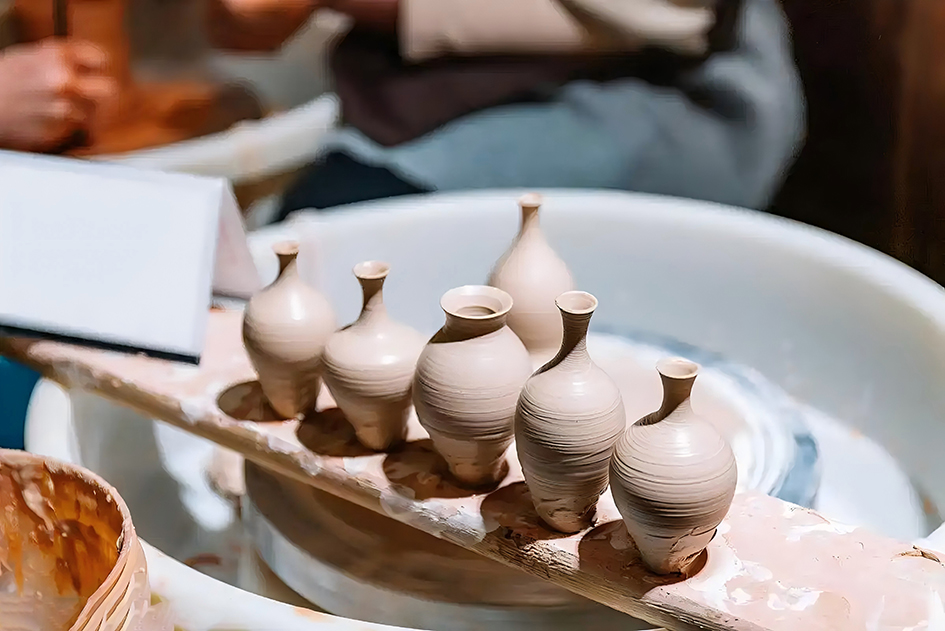
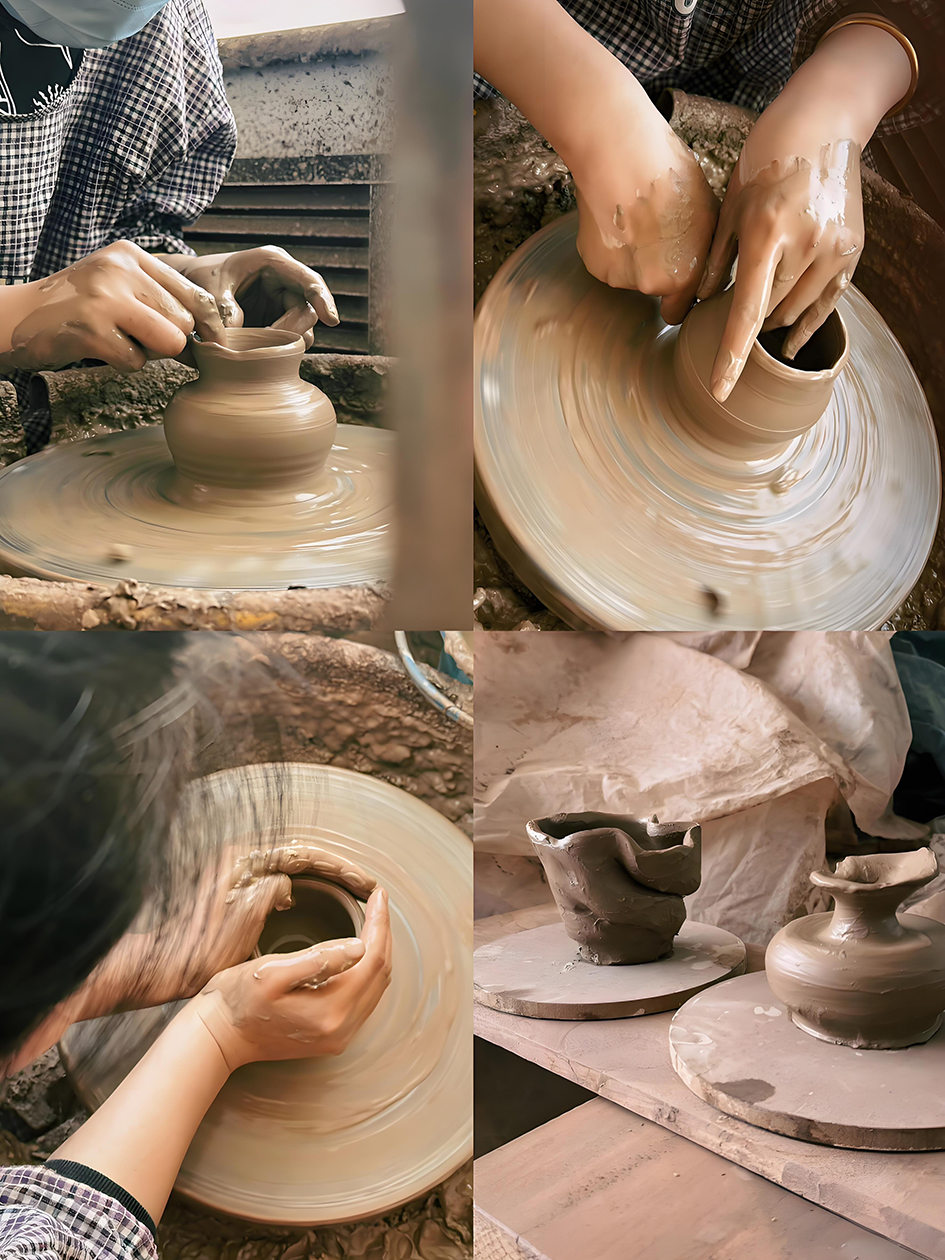
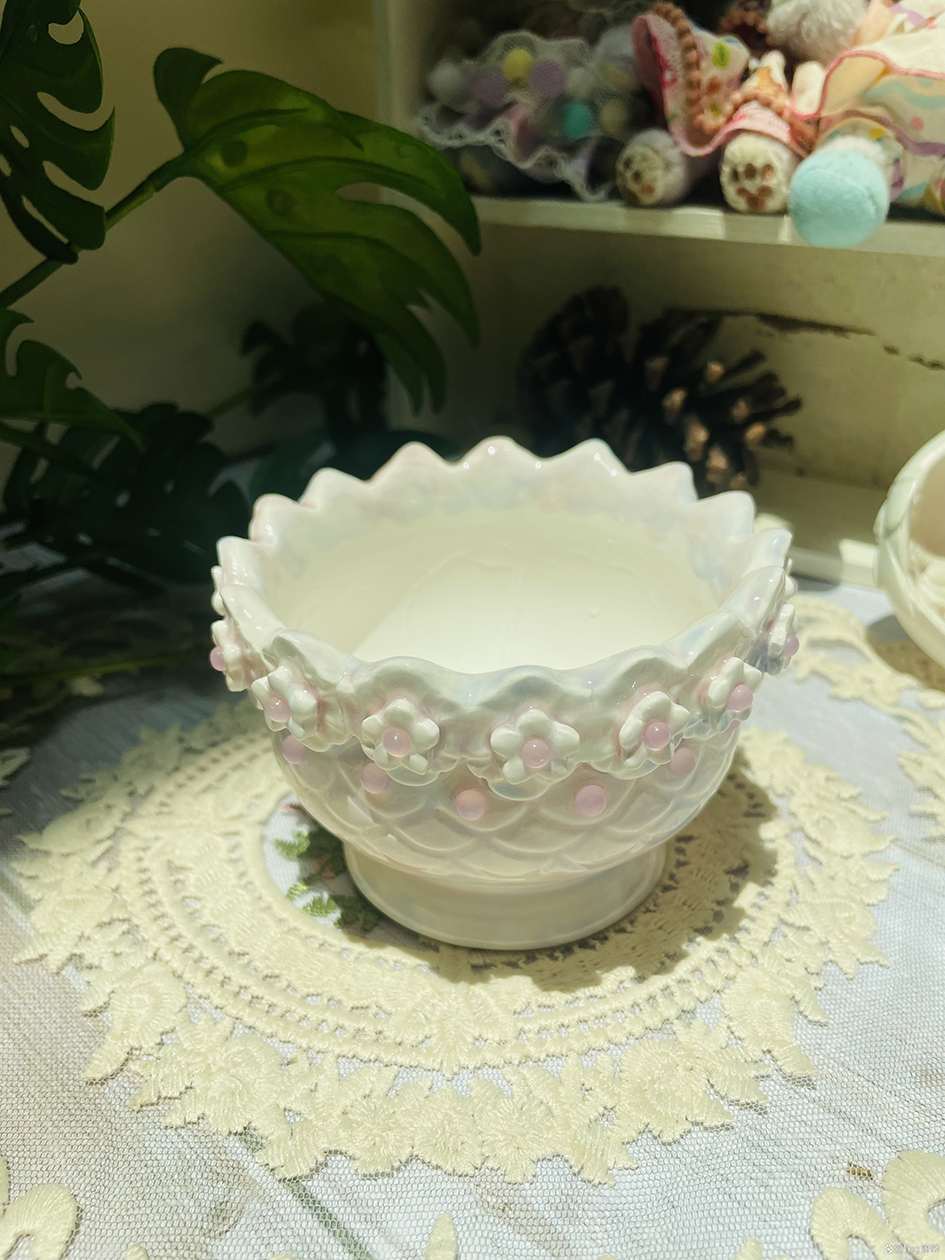
A study by the University of Tokyo found that regular engagement in ceramics can enhance an individual’s sense of self-efficacy. After six weeks of consistent practice—three sessions per week, each lasting one hour—participants saw a 17% decrease in anxiety levels and a 22% increase in creativity scores. This mental and emotional improvement extends beyond the creative process, influencing various aspects of daily life.
For modern young people, ceramics studios have become new social spaces. Through kneading and shaping clay, they communicate in a language of movement, rediscovering the essence of life in the dialogue between fire and clay. This return to simplicity serves as a gentle resistance against the digitalized existence. As clay takes new form at our fingertips, we, too, are reshaping our relationship with ourselves, nature, and society.
